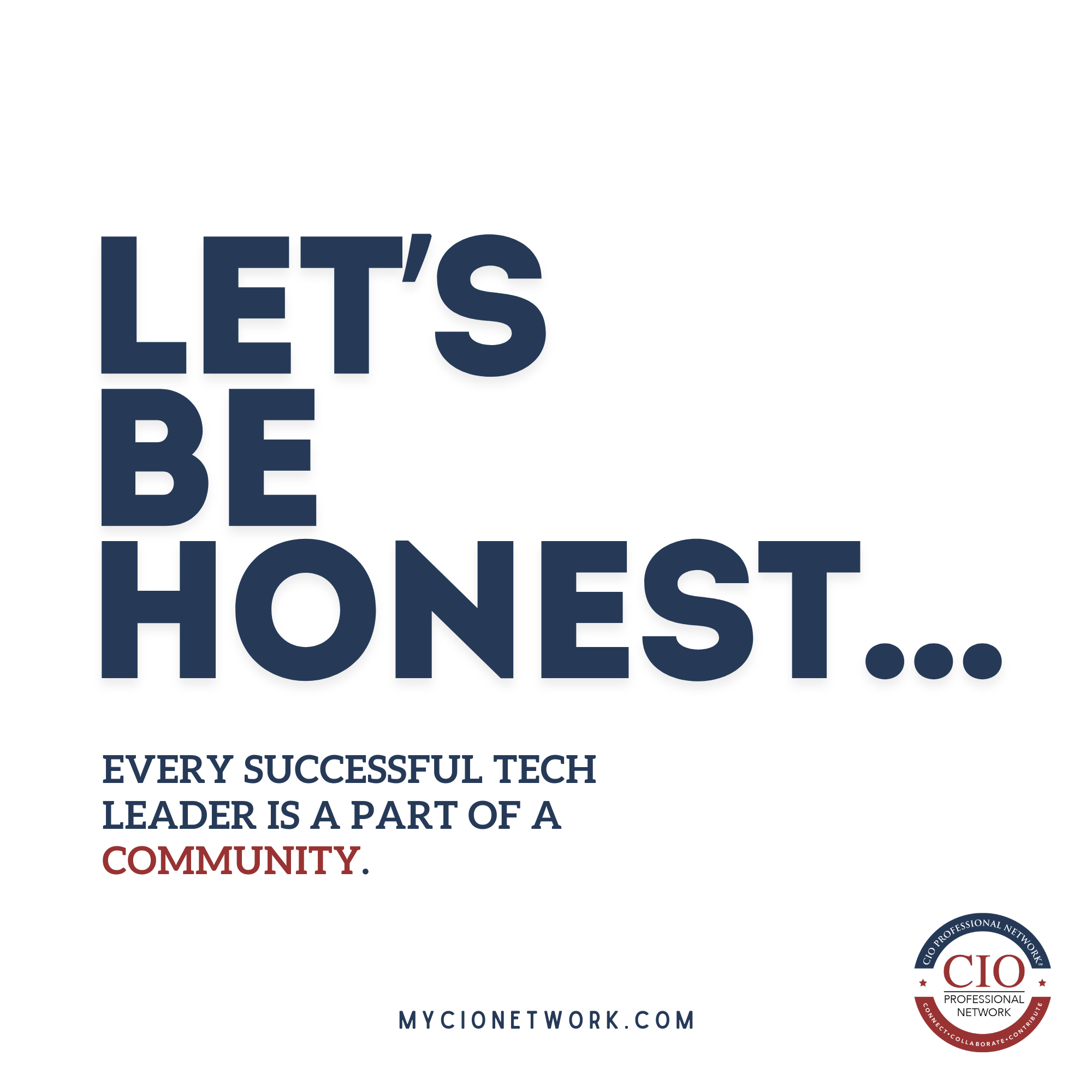Resilience has become the defining characteristic of long-term business success. Markets shift overnight, technologies evolve at breakneck speed, and global crises can derail even the most carefully constructed strategies. For today’s CIOs and enterprise leaders, the challenge is no longer just about outperforming the competition, it’s about enduring through volatility.
While most organizations are optimized for efficiency and short-term wins, few are built to last.
The average lifespan of a U.S. public company has dropped to just 30 years, and nearly one in three will not survive the next five. Faced with this stark reality, technology executives are increasingly asking the deeper question: What does it take to build a company that can thrive for a century?
That’s exactly the question Martin Reeves, Chairman of the BCG Henderson Institute and a leading voice on business strategy and organizational longevity, set out to answer.
Drawing inspiration from the natural world, Reeves argues that the secret to enduring performance isn’t found in efficiency or scale, it’s found in biology. His work invites us to reimagine business resilience using six principles derived from some of the most adaptive and long-lasting systems on Earth.
The Six Principles of Enduring Systems
Redundancy: Nature builds in backups. Toyota’s supply chain, for instance, recovered from a catastrophic fire in just five days due to its redundant systems.
Diversity: Multiple approaches increase adaptability. Fujifilm diversified beyond film into healthcare and cosmetics, thriving where Kodak failed.
Modularity: Independent units can contain failures. Toyota’s modular supply chain allowed for swift reconfiguration post-disruption.
Prudence: Cautious risk management is vital. Kongō Gumi, a 1,400-year-old company, collapsed after overextending financially during Japan’s economic bubble.
Embeddedness: Integration within a larger system enhances resilience. Toyota’s close supplier relationships exemplify this principle.
Adaptation: Continuous learning ensures survival. Essilor proactively acquires emerging technologies, even at the risk of self-disruption.
The Shift from Mechanical to Biological Thinking
Traditional business models emphasize efficiency and predictability, mechanical thinking. However, in today’s world, biological thinking, embracing complexity and adaptability, is crucial.
It’s the difference between throwing a ball and releasing a bird; the latter requires flexibility and responsiveness.
Case Studies:
- Kongō Gumi: A temple-building company that lasted over a millennium but failed due to imprudent financial decisions.
- Fujifilm vs. Kodak: Fujifilm adapted and diversified; Kodak did not.
- Toyota: Demonstrated modularity and embeddedness by rapidly recovering from supply chain disruptions.
- Essilor: Embraced adaptation by acquiring disruptive technologies early.
The Wrap
Longevity in business requires a shift from short-term efficiency to long-term resilience. CIOs and technology leaders should:
- Invest in redundancy and optionality.
- Foster diverse strategies and technologies.
- Design modular systems.
- Practice prudent risk management.
- Build integrated ecosystems.
- Embrace continuous adaptation.
By thinking more like living systems and less like machines, companies can stay flexible, stay prepared, and stay in the game, no matter what the future throws at them.






